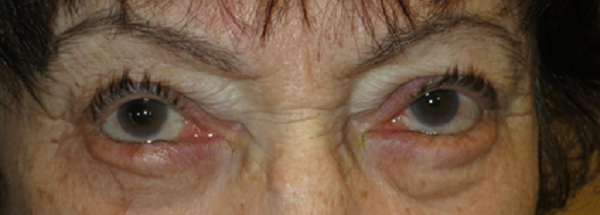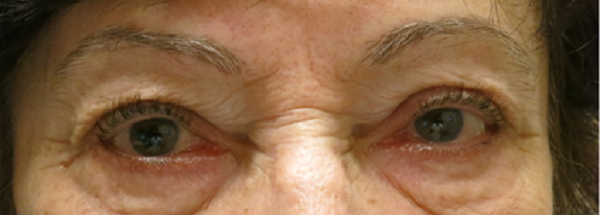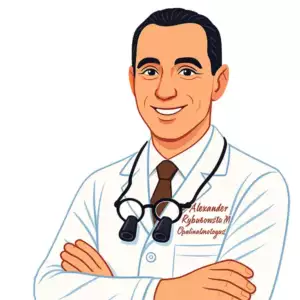-
Entropion: What You Need to Know and How It’s Treated
Entropion is when your eyelid, usually the lower one, turns inward, causing your eyelashes to rub against the surface of your eye. This constant friction can be painful, irritating, and even harmful if left untreated. While it’s a condition that can affect anyone, it’s most common in older adults.
Entropion: Prevalence by Age Group 👁️
- People Over 60 Years Old 👁️: Entropion is most commonly found in this age group. With age, the tissues and muscles around the eyelids lose elasticity and strength, leading to a higher risk of developing this condition. Research shows that age-related (involutional) entropion is the leading cause in older adults.
- Younger Age Groups 👁️: Entropion is much less common among younger individuals. When it does occur, it is typically due to scarring or damage to the inner eyelid from injuries, burns, or infections such as trachoma.
- General Insights 👁️: While exact prevalence rates can vary based on population and geographic location, it is clear that the risk of developing entropion increases significantly with age, particularly after 60.
Who’s at Risk?
Entropion mainly affects people over 60 due to the natural aging process that causes muscles and tendons around the eye to weaken. About 2% of the elderly population will experience entropion at some point. Women are slightly more likely to develop this condition since they live longer and undergo more age-related changes in their skin and tissues.
Other factors that can lead to entropion include scarring from previous eye injuries or infections. In places where certain eye infections like trachoma are common, entropion rates are much higher, contributing to vision problems and even blindness.
Why It’s Important to Seek Help
The primary signs of entropion are persistent eye irritation, redness, watery eyes, and sensitivity to light. Without treatment, continuous eyelashes rubbing on the cornea can cause severe problems like ulcers, infections, or scarring, leading to vision loss.
If you notice these symptoms, it’s essential to seek medical advice. Roughly 10-15% of all eyelid issues that ophthalmologists see are related to entropion, so you’re not alone in needing help. The good news? Treatment is straightforward and highly effective.
How Is Entropion Treated?
The best solution for entropion is surgery. The procedure involves tightening the eyelid and using tiny stitches to hold it in place and prevent it from turning inward again. The surgery is relatively quick, and the success rate is over 90% when performed by an experienced surgeon. Most patients feel immediate relief and can resume their regular activities soon after.
BEFORE

AFTER

Expert Care You Can Trust
For those seeking specialized treatment, Dr. Alexander Rabinovich is a highly regarded oculoplastic surgeon who has helped many patients manage and recover from entropion. His office provides comprehensive care and partners with major insurance providers, including 1199SEIU Benefit and Pension Funds. This ensures that treatment is accessible to a wide range of patients. For more details on working with 1199SEIU, visit this page.
If you’re experiencing symptoms of entropion, reaching out for help is easy. You can contact Dr. Rabinovich’s team through the chat on their website, book an appointment directly through ZocDoc, or call 1 718 375 69 33 to schedule a consultation.
Final Thoughts
Entropion can significantly impact your life, but it’s a condition that can be effectively treated with the proper care. If you or someone you know is dealing with symptoms, don’t wait to seek help. Quick action can make all the difference in protecting your eye health and ensuring long-term comfort.

